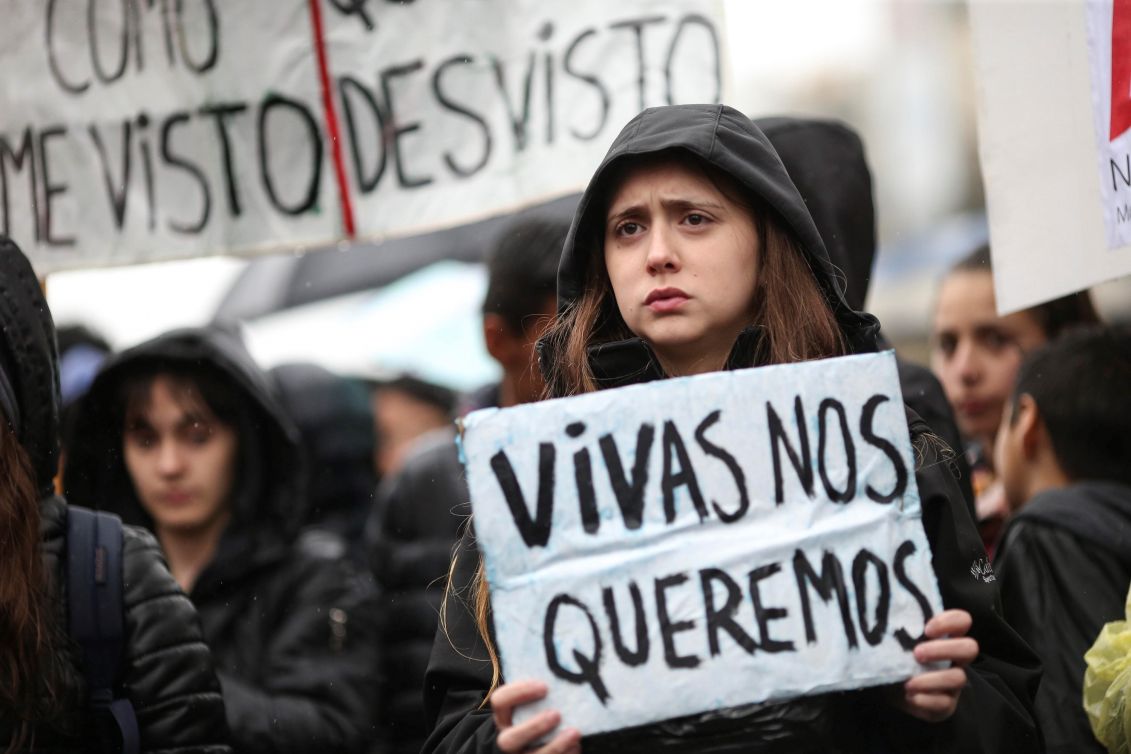
Feminicides increased in Spain after the end of its state of alarm
So far in 2021, 15 women have been murdered in Spain, and half of these femicides have happened after the end of the country's state of alarm.
A few weeks ago we saw how many people celebrated the lifting of restrictions and the end of the state of alarm by taking to the streets in massive parties and shouting "freedom." Freedom for whom? Official figures show that between May 9 and 31 alone, seven women and one child have been murdered. That is almost half of the total number of gender violence fatalities in 2021.
Legal experts associate the increase with the end of the pandemic restrictions.
The government points out that this upturn responds to different factors, however, they accept that the end of the restrictions has influenced the increase in these crimes. To the names of María Soledad (60 years old), Betty (52), Lucía (42), Teresa (48), Katia (35), Warda Ouchen (28 years old and pregnant) and her son Mohamed (7), murdered between May 9 and 30, can be added that of Nicoleta Clara (40), whose murder this Sunday in Guadalajara is under investigation.
María Ángeles Jaime, lawyer and president of the Association of Women Jurists Themis, Jurists Themis, explained that although there are multiple factors that explain male violence, she qualifies that the murders occur when the aggressor cannot maintain dominance over the victim.
"Confinement fostered control and submission. The enclosure of the houses allowed the aggressors to know at all times everything the couple was doing and they did not need the generalized use of violence to control her," says Avilés, founder of the Association of Women Judges of Spain.
RELATED CONTENT
"The confinement and restrictions that existed during the state of alarm contained the macho murders because the aggressors were able to exercise other violence, which is what we call control and psychological violence. Once the state of alarm has ended, the aggressors have returned to murder under the same patterns as always," emphasized the Ministry of Equality.
However, as we know and as mentioned by the Government Delegate against Gender Violence, Victoria Rosell, femicides are "the tip of the iceberg" of a larger underlying problem. Femicides occupy front pages, but every day we find different forms of aggression against women and these cases do not transcend or are not part of the official statistics.
According to the Macro-syrvey on Violence against Women 2019, one in three women over the age of 16 has suffered physical, sexual, psychological or economic violence by a partner or ex-partner. However, only 21.7% reported these facts.
Tools and pacts are needed to fight against gender violence from the state, from organizations and from civil society: inter-institutional coordination protocols, models of care and assistance to victims, care devices and risk assessment systems themselves. At the same time, we need instruments for the prevention of this violence and real consequences for the aggressors, so that potential aggressors do not feel unpunished to exercise violence against women, dissidents and children.











LEAVE A COMMENT: